Germs are a group of microorganisms that cause diseases in humans or animals and lead to death in the most extreme case. These problematic microorganisms belong to different groups:
- Bacteria
- Viruses
- Parasites / protozoa
But also mushrooms and micro-algae.
In principle, the action of these microorganisms can be positive or negative. However, only the microorganisms whose occurrence have a dangerous to life-threatening effect on the health of humans and animals are designated as germs. This negative property potentially causes diseases is called pathogens and germs therefore often also as pathogenic germs.
Germs in the water?
Germs in the water are increasingly a problem. Unfortunately, cases of germs in drinking water in households, in swimming pools, whirlpools or on trips are the focus of the public. As a result of which the germs are not visible, they are often the cause of diseases of aquatic inhabitants in aquariums or ponds. The degree of germ load is also referred to as germ pressure. But what are the most common germs in the water that pose problems.Bacteria
Bacteria are microscopically small creatures, usually single-celled, which can be found everywhere. Bacteria are contained in every living being on the earth and many of them form the basis of all metabolic processes and thus important building blocks of life on earth. However, some bacteria are dangerous for humans: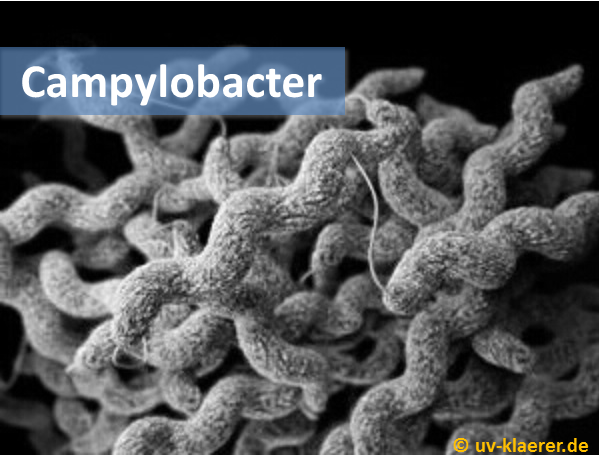
Campylobacter - A bacterium that causes intestinal infections. It is the main cause of bacterial diarrhea.
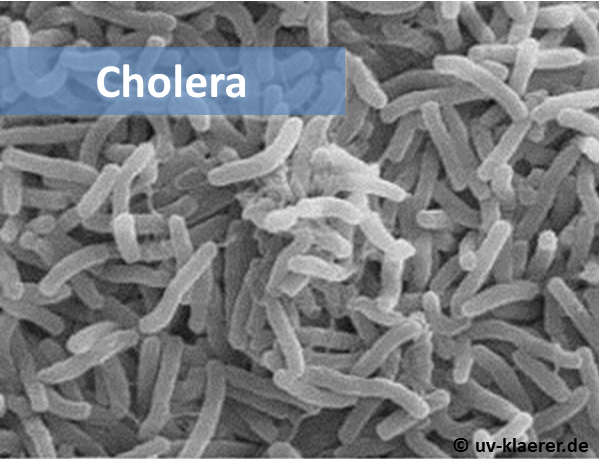
Cholera – Acute bowel infection can be caused by the ingestion of food or water contaminated with the bacterium Vibrio cholerae.
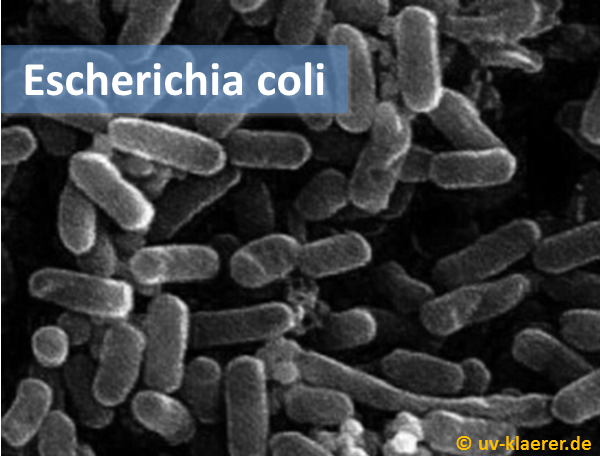
Escherichia coli – Also known as E. coli. It is transmitted to humans primarily by the consumption of contaminated foods, such as raw or too little cooked mince and raw milk. Sometimes this bacterium is present in water contaminated by faeces.
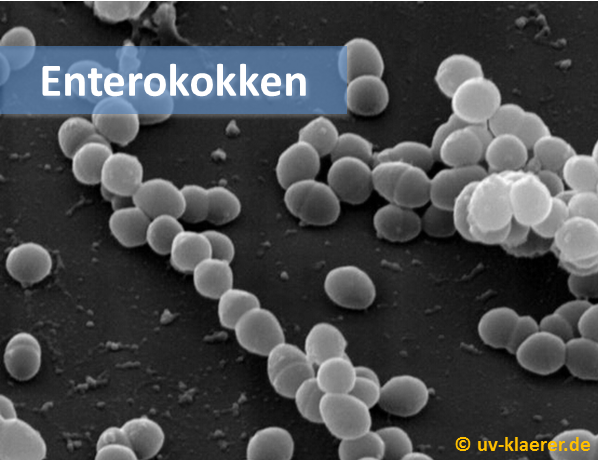
Enterokokken – Likewise, these bacteria are very dangerous at high concentrations. They have a high viability in the water and can indicate a long period of contamination.
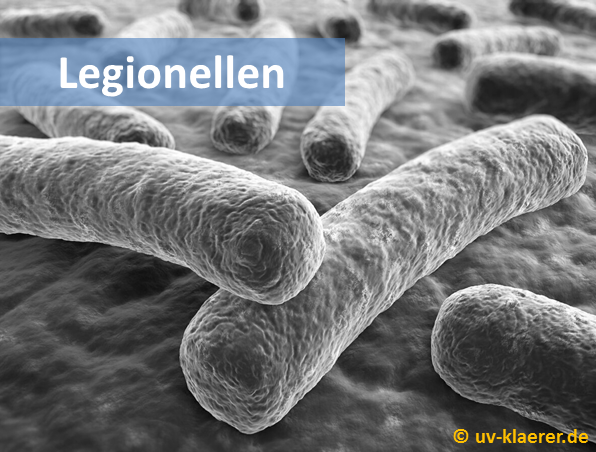
Legionellen – The disease-inducing bacteria Legionella pneumophila, is a germ occurring in natural and artificial water systems, especially in water systems with constant temperatures of 20 - 50 degrees Celcius. Legionella pneumophila, which occurs in the water supply, has been introduced into the water cycle by waste water from hospitals, in which patients were treated with legionary disease.
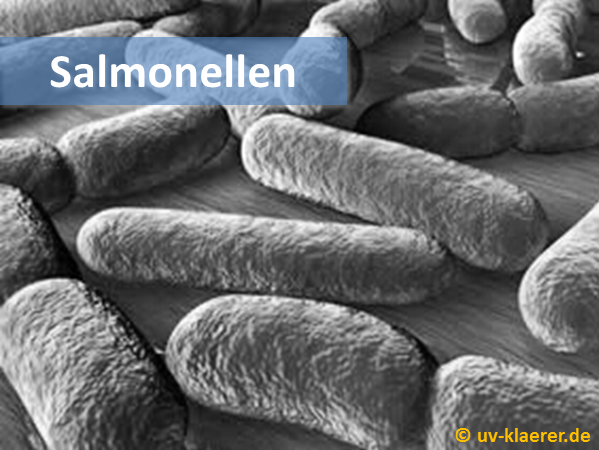
Salmonellen – The Salmonella bacterium can live in the water for several months. Most people who are infected with salmonella suffer from diarrhea, fever and stomach cramps.
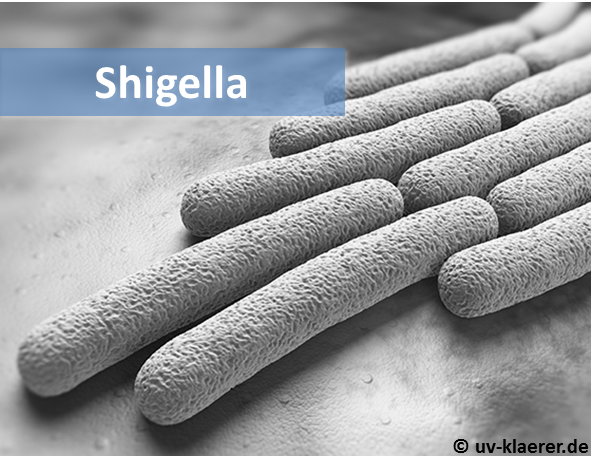
Shigella – Shigella is one of the most common bacterial causes of diarrhea worldwide. According to estimates, Shigella caused about 90 million cases of severe dysentery per year with at least 100,000 deaths.
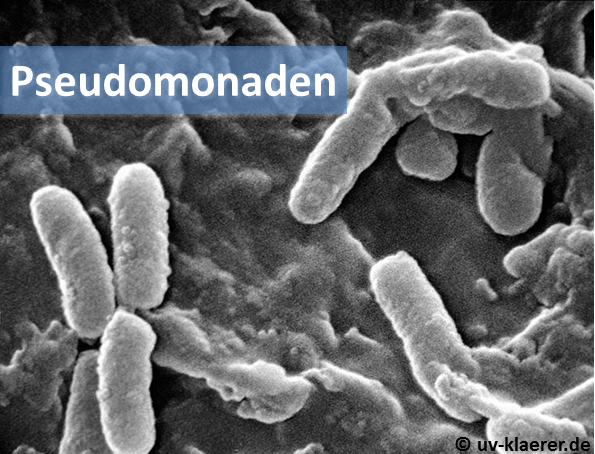
Pseudomonas - This bacterium is a cold water germ, and is particularly fond of deficient conduction segments. Pseudomonads are the cause of lung inflammation and urinary tract infections and have antibiotic resistance.
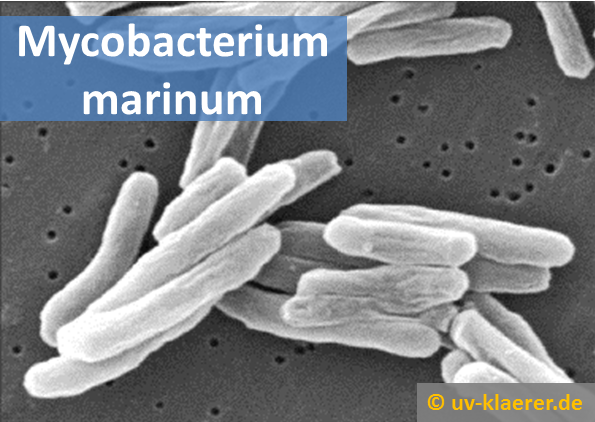
Mycobacterium marinum - The cause of fish tuberculosis, a bacterial infection disease of which especially aquariums in fresh water and seawater aquariums are often affected.
Viren
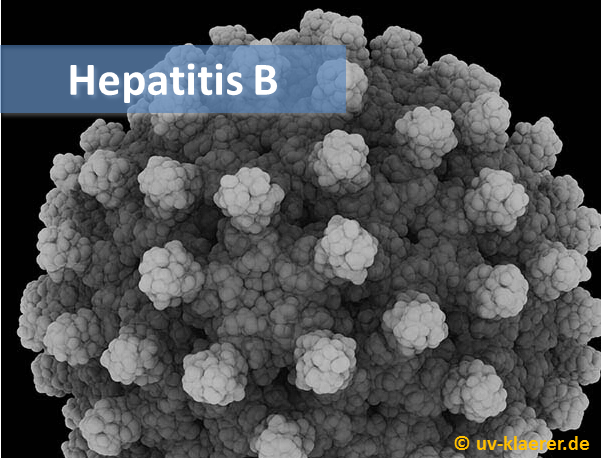
Herpatitis A virus - is a small infectious agent that can only proliferate within the living cells of other organisms. The hepatitis virus can live in water and the known hepatitis A, B, C and D disorders.
Protozoa
Protozoa are single-cell parasites that live in the cells and tissues of other creatures. Protozoa can lead to problems if they cause diarrhea from the central nervous system.
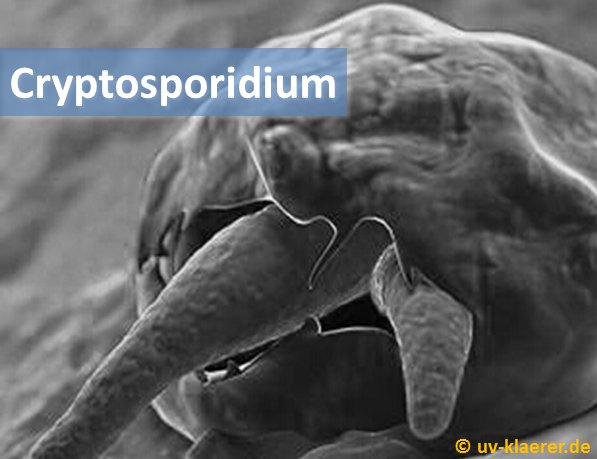
Cryptosporidium - One of the most widespread intestinal parasites and a common cause of severe diarrhea. Often found in surface and groundwater sources, when these are countered by flooding or fecal impurities.
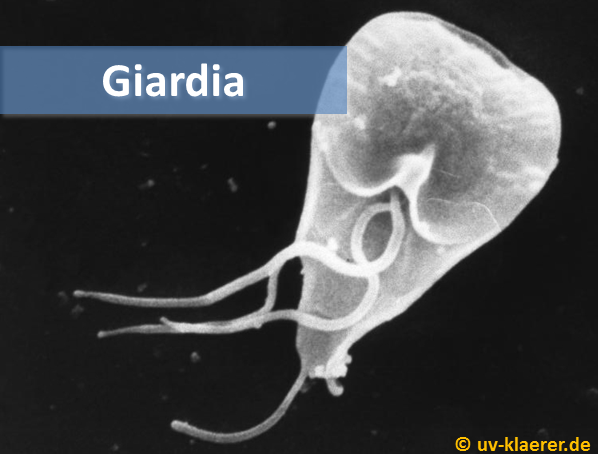
Giardia - has an outer shell so that it can survive outside the body for longer periods of time. The parasite is most commonly transmitted by water. It is the most common cause of non-bacterial diarrhea in North America.
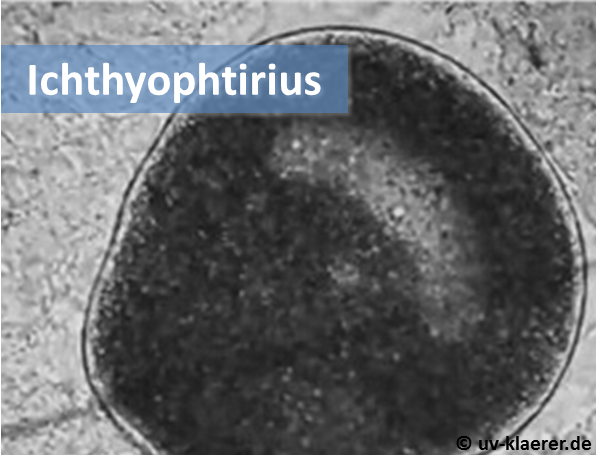
Ichthyophthiriose - also known as white spot disease, white point disease, spot disease or semolina disease. A widespread parasite in freshwater fish in aquariums and ponds.
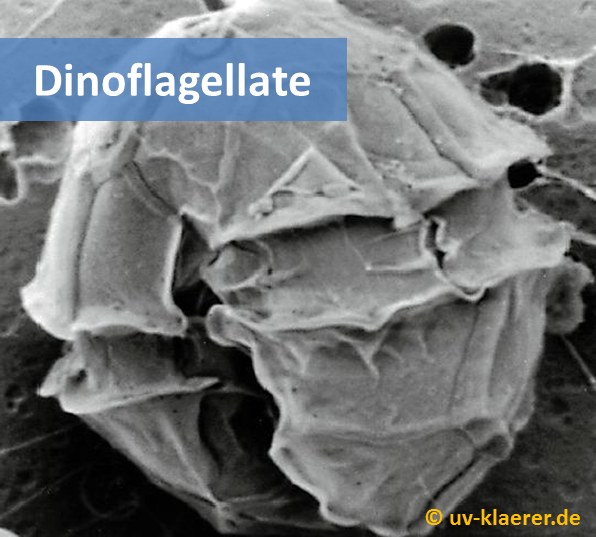
Dinoflagellate - An unwelcome visitor to the seawater aquarium. Dinoflagellates are frequently confused with cyanobacteria, but in contrast to these, they can be whirled up with a slight fronding.